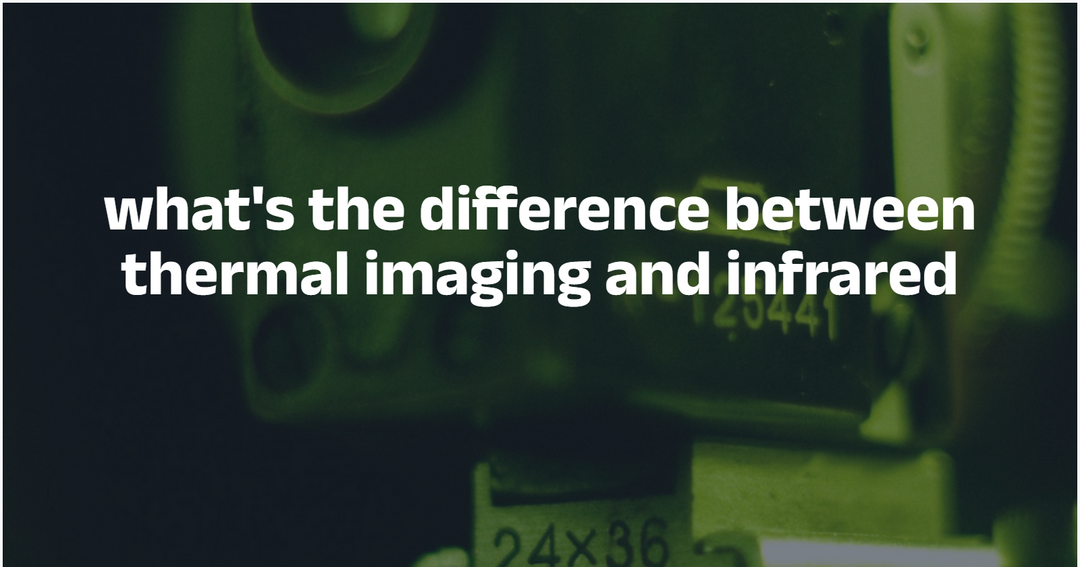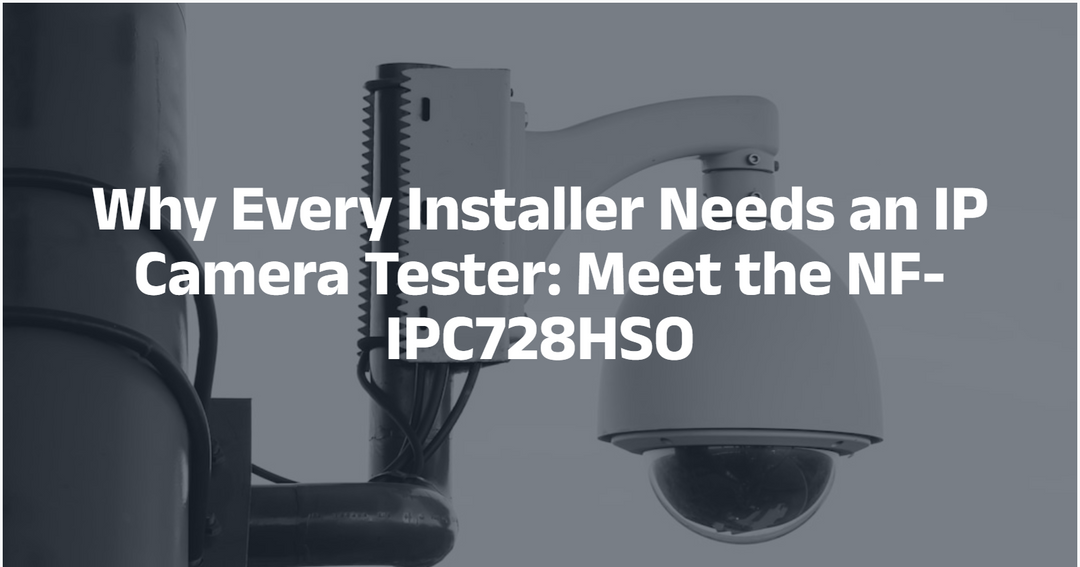Digital Temperature Controllers for Homebrewing: A Comprehensive Guide
Temperature control is a crucial aspect of homebrewing. Whether you're brewing beer, making wine, or fermenting other beverages, maintaining a consistent temperature is essential to achieving the desired flavor and aroma. This is where digital temperature controllers come in. Unlike traditional analog thermostats, digital temperature controllers provide precise temperature control and stability, allowing homebrewers to brew with greater accuracy and confidence.
In this comprehensive guide, we'll explore the benefits of using digital temperature controllers in homebrewing, the different types available, their key features, and how to install and use them. By the end of this article, you'll have all the information you need to choose the right digital temperature controller for your homebrewing setup and take your brewing game to the next level.
Benefits of Digital Thermostat Controller for Homebrewing
There are several benefits to using digital temperature controllers in homebrewing, including:
Improved Accuracy and Stability
One of the most significant advantages of digital temperature controllers is their improved accuracy and stability compared to traditional analog thermostats. Digital controllers use advanced sensors and algorithms to maintain precise temperature control, even in fluctuating environmental conditions. This helps to ensure that your brews are consistent and predictable, leading to better flavor and aroma.
Consistent Temperature Control
With a digital temperature controller, you can set a specific temperature range and have the controller maintain that temperature throughout the brewing process. This is particularly important for fermentation, as even small temperature fluctuations can affect the yeast and the final flavor of the beer or wine. With digital temperature control, you can be confident that your brews are fermenting at the optimal temperature.
Energy Efficiency
Digital temperature controllers are often more energy-efficient than traditional thermostats, as they can switch heating or cooling systems on and off more precisely. This can result in lower energy bills and a reduced environmental impact.
Reduced Risk of Contamination
Temperature control is critical for preventing contamination in homebrewing. By maintaining a consistent temperature range, you can minimize the risk of bacterial growth or other forms of contamination that can ruin your brew. Digital temperature controllers can help you achieve this level of control and minimize the risk of spoilage.
Types of Digital Temperature Controllers for Homebrewing
There are several types of digital temperature controllers available for homebrewing, each with its own unique features and capabilities. The most common types are:
Single-Stage Temperature Controllers
Single-stage temperature controllers are the most basic type of digital temperature controller. They allow you to set a single temperature range and control either heating or cooling systems to maintain that temperature. Single-stage controllers are suitable for simple homebrewing setups that only require one heating or cooling device.
Dual-Stage Temperature Controllers
Dual-stage temperature controllers are more advanced than single-stage controllers. They allow you to control both heating and cooling systems separately, which is particularly useful for maintaining precise temperature control during fermentation. With a dual-stage controller, you can set a specific temperature range and have the controller switch between heating and cooling systems as needed to maintain that range.
Programmable Temperature Controllers
Programmable temperature controllers are the most advanced type of digital temperature controller. They allow you to set up multiple temperature profiles for different stages of the brewing process. For example, you can set a specific temperature range for the fermentation stage and a different range for the conditioning stage. Programmable controllers can also have features such as alarms and timers to alert you to any issues or prompt you to take specific actions.
Probe Types and How to Choose the Right One for Your Brewing Setup
Digital temperature controllers typically use one of two types of probes: thermocouple probes or RTD probes. Thermocouple probes are less accurate than RTD probes but are more versatile and can measure a wider range of temperatures. RTD probes are more accurate but are limited to a narrower temperature range. When choosing a probe, consider the temperature range you need to measure and the level of accuracy required.
Key Features of Digital Temperature Controllers
When choosing a digital temperature controller for your homebrewing setup, there are several key features to consider. These include:
Accuracy
Accuracy is one of the most important factors to consider when choosing a temperature controller. Look for a controller with a high level of accuracy to ensure that your brews are consistent and predictable.
Control Range
The control range is the range of temperatures that the controller can maintain. Make sure that the controller you choose has a range that matches your brewing needs.
Number of Stages
Consider the number of stages or channels that the controller can manage. If you need to control both heating and cooling systems separately, look for a dual-stage controller. If you have multiple fermenters, a multi-channel controller may be necessary.
Programmability
Programmable temperature controllers can be a valuable tool for managing complex brewing setups. Look for a controller that allows you to set multiple temperature profiles and has additional features such as alarms and timers.
Display
Look for a temperature controller with a clear and easy-to-read display. This will make fit easier to monitor your brewing process and make adjustments as needed.
Probe Type
As mentioned earlier, there are two main types of probes used with digital temperature controllers: thermocouples and RTDs. Choose a probe type that matches your temperature range and accuracy needs.
Popular Digital Temperature Controllers for Homebrewing
There are many different digital temperature controllers available on the market, each with its own unique features and capabilities. Here are some of the most popular temperature controllers for homebrewing:
Noyafa NF-567
The Nf-567 advanced thermostat that offers accurate temperature control with a wide range of applications. Simply plug it in, set the temperature range between -9℃ to 99℃ / 15.8°F to 210.2°F with an accuracy of ±1%, and select the timing mode. The On/Off Temperature Controllers make it even easier to use. The LCD display allows you to check the current temperature, set temperature, and remaining time, even in a dark environment. Safety features include a heat-resistant housing and an alarm that turns on when the actual temperature exceeds 90 degrees. It's compact and lightweight, making it easy to use in a variety of environments for controlling heating or cooling appliances.
Inkbird ITC-310T-B
The Inkbird ITC-310T-B is a multi-channel temperature controller that can control up to 6 temperature channels simultaneously. It has a control range of -50 to 120 °C and an accuracy of ±1 °C. The ITC-310T-B also has a programmable temperature profile, an easy-to-read display, and an alarm function.
Installing and Using a Digital Temperature Controller for Homebrewing
Once you've chosen a digital temperature controller that meets your brewing needs, it's time to install and use it in your brewing setup. To get started, follow these tips:
Step 1: Gather your materials
You'll need your temperature controller, a probe (either thermocouple or RTD), a heating and/or cooling device, and any necessary wiring and power supplies.
Step 2: Mount the temperature controller
Choose a location for your temperature controller that is easily accessible and safe from any potential damage or moisture. Install the controller according to the manufacturer's instructions.
Step 3: Connect the probe
Connect the probe to the temperature controller according to the manufacturer's instructions. Make sure the probe is securely attached to your brewing vessel or equipment.
Step 4: Connect the heating and/or cooling device
Connect your heating and/or cooling device to the temperature controller according to the manufacturer's instructions. Make sure all connections are secure and safe.
Step 5: Program the temperature controller
Set the desired temperature range and any additional settings on the temperature controller. Refer to the manufacturer's instructions for specific programming details.
Step 6: Monitor the brewing process
Monitor the temperature controller display and make any necessary adjustments to your heating and/or cooling device as needed. Keep a close eye on the brewing process and make sure everything is functioning properly.
Conclusion
A digital temperature controller is a valuable tool for any homebrewer looking to improve their brewing setup. With the ability to precisely control and monitor temperature, you can create better quality beer and ensure consistent results with every batch.
When choosing a digital temperature controller, consider your specific brewing needs and choose a controller that meets those needs. There are many different controllers available on the market, each with its own unique features and capabilities.
Once you have your controller, follow the manufacturer's instructions for installation and use. With a little practice, you'll be able to master the art of temperature control and take your homebrewing to the next level. You can create better-quality beer and achieve consistent results with every batch. Cheers to better beer!




